Description
Caring for your Crossandra
Crossandra infundibuliformis is a stunning tropical plant native to southern India and Sri Lanka. Its vibrant, showy flowers and lush, glossy foliage make it a popular choice for gardens and indoor spaces. With its year-round blooms and easygoing nature, the Crossandra is an excellent addition to any plant collection.
Light
Crossandra thrives in bright, indirect light but can tolerate some direct sunlight. For optimal growth and blooming, place it in a location where it can receive bright, filtered light for at least 4-6 hours a day. If growing it outdoors, a spot with morning sun and afternoon shade is ideal. Too much direct sunlight can scorch its leaves, while too little light will cause the plant to become leggy and produce fewer flowers. Indoors, placing it near an east or north-facing window is ideal. If natural light is insufficient, you can supplement with grow lights.
Water
Consistent moisture is essential for keeping your Crossandra healthy. It prefers evenly moist soil but is sensitive to both overwatering and underwatering. During the growing season (spring through fall), water your Crossandra when the top inch of soil feels dry to the touch. Be sure to water thoroughly, allowing excess water to drain out of the pot’s drainage holes. Never let the plant sit in standing water, as this can lead to root rot.
In the winter months, when growth slows down, reduce watering but do not let the soil dry out completely. Crossandra’s leaves may droop if it becomes too dry, but it generally perks up quickly once watered. Crossandra also requires moderate to high humidity to stay healthy. Humidity levels of 50-60% are ideal, but the plant can tolerate slightly lower levels. If you live in a dry climate or have low indoor humidity, consider using a humidifier, placing the plant on a pebble tray with water, or misting it regularly to maintain adequate moisture in the air.
Temperature
Being a tropical plant, Crossandra thrives in warm, humid conditions. It prefers temperatures between 65°F and 85°F (18°C – 29°C). Temperatures below 55°F (13°C) can damage the plant, so avoid placing it in cold drafts or near air conditioners. In colder climates, it’s best to grow Crossandra as a houseplant or in containers that can be brought indoors during the winter.
Soil
Crossandra prefers a well-draining potting mix that retains some moisture without becoming waterlogged. A mixture of peat moss, perlite, and standard potting soil works well for this plant. You can also add some organic compost to enrich the soil and improve drainage. It’s important to avoid heavy, compacted soils that retain too much water, as Crossandra’s roots are susceptible to rot if kept too wet.
When potting or repotting, ensure that the pot has drainage holes to allow excess water to escape. Crossandra doesn’t like to be root-bound, so repot the plant every 1-2 years or when you notice that its roots are starting to fill the pot.
Fertilization
To promote healthy growth and encourage abundant blooming, fertilize your Crossandra regularly during the growing season. Use a balanced, water-soluble fertilizer (such as a 10-10-10 or 20-20-20 formula) every 4-6 weeks, diluted to half the recommended strength. Over-fertilizing can cause salt build-up in the soil, leading to root damage and leaf burn, so be sure not to exceed the recommended dosage.
During the winter, when the plant’s growth slows down, reduce feeding to once every 2-3 months or stop altogether until spring.
Pruning
Regular pruning and deadheading will help your Crossandra maintain its shape and encourage more blooms. After the flowers fade, pinch or snip off the spent blooms to redirect the plant’s energy toward new growth and flowering. You can also prune leggy stems to keep the plant compact and bushy.
Be sure to use clean, sharp scissors or pruning shears when trimming your plant to avoid damaging the stems. Prune in the spring or early summer to shape the plant and remove any dead or damaged foliage.
Pest and Disease Management
Crossandra is generally a hardy plant, but it can occasionally be affected by common pests like aphids, spider mites, and whiteflies. Regularly inspect your plant, especially the undersides of the leaves, for signs of pests. If you notice any, treat the infestation with insecticidal soap, neem oil, or by rinsing the plant with water to remove the pests.
To prevent diseases like root rot or leaf spot, avoid overwatering and ensure proper air circulation around the plant. If you notice yellowing leaves or soggy stems, it may be a sign of overwatering, and you should adjust your watering schedule accordingly.

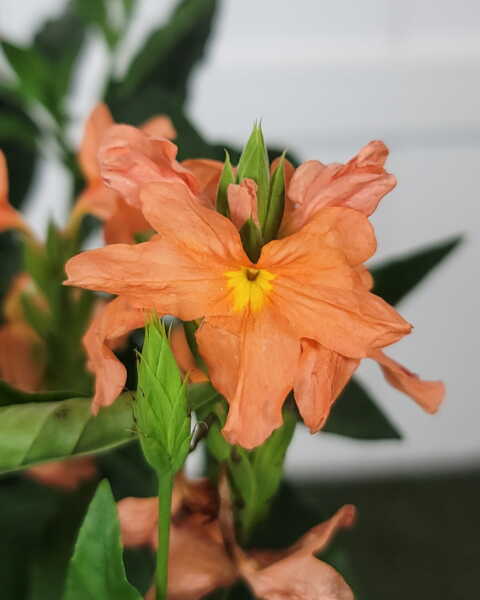
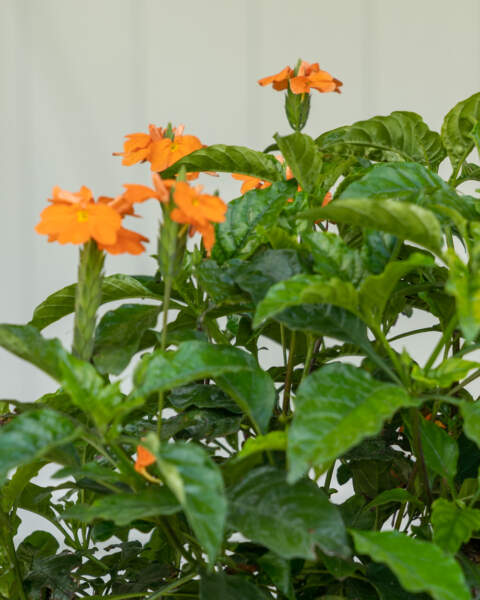

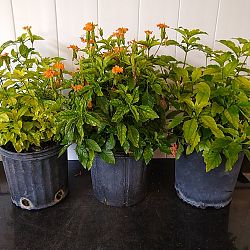
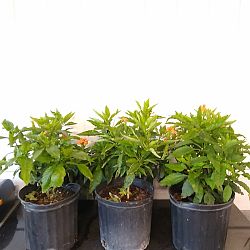
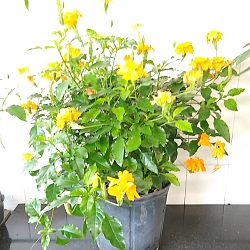
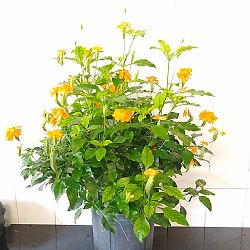
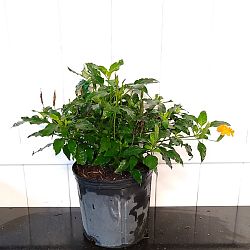

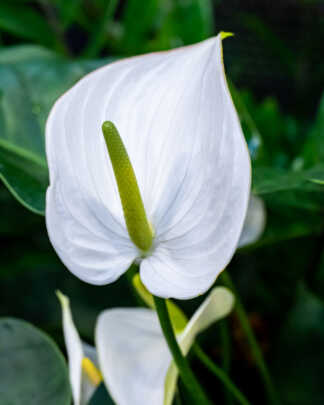

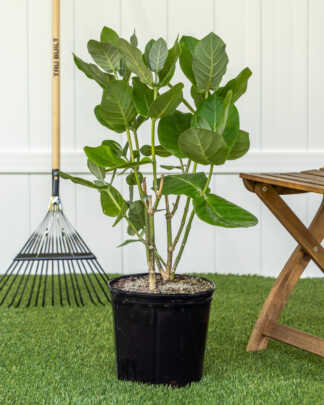

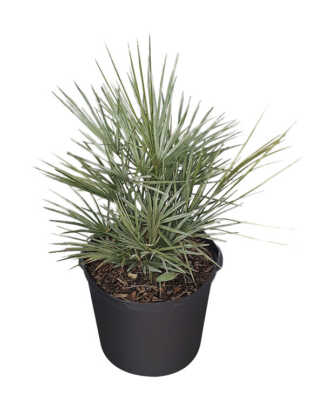


Jane C. (verified owner) –
exactly what I hoped for! thanks!
mitchell hostmeyer (verified owner) –
wish you had a King Palm, they are hard to get smaller ones. eveyone seems to want 24, 36, 48″